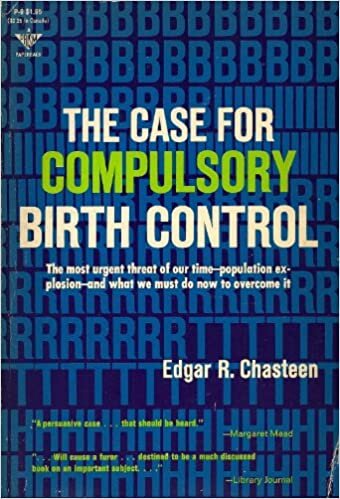Part of Our Lives - A Review
What does your public library mean to you?
For many people, having a library card is an essential part of being a citizen. Being able to check out books independently as a child is a rite of passage that marks the coming of age.
Wayne Wiegand, sometimes referred to as the “Dean of library historians,” addresses both the political and social significance of public libraries in his recent book, Part of our Lives: A People’s History of the American Public Library.
While the subtitle indicates this is a people’s history, this is a volume more suitable for the scholar than the average reader. Wiegand’s prose is clear but dense. At times the pace bogs down in details and dates. This is a history of the people’s use of the public library rather than a history written primarily for the people that use it.
Summary
The book moves through the history of public libraries in the United States in ten chapters. Wiegand begins with the various forms of libraries, most of which were not free and available to citizens, during the colonial through early American era. He then transitions through consecutive periods in library history. In 1854 the first public library opened in Boston, then in 1876 the country celebrated its centennial. Wiegand marks the 1893 Chicago World Fair as a significant event, then he identifies the US entry into World War I. These divisions form reasonable points of demarcation for Wiegand’s history, though they are not necessarily intuitive.
Wiegand uses a mixed methods approach to present the history of public libraries. He combines an amazing depth of anecdotal research with seemingly comprehensive statistical data to put forward a detailed picture of who has used the library and for what reason. Wiegand’s purpose in writing the book was to show how the library and social change have been related. The book is thorough and informative; it paints a clear picture of how public libraries have changed with American society throughout history.
Analysis
Throughout the volume Wiegand is critical of historical librarians for their handling of socially radical issues. It seems that he thinks that public libraries should be leading cultural change instead of responding to it. (Something government entities rarely, if ever, do.) However, at the same time, he critiques librarians for attempting to be cultural leaders through selecting some literature over others. Attempts to encourage higher rates non-fiction reading are frowned on, though Wiegand approves of attempts to liberalize sexual mores. The reluctance to accept the role of a public institution as reactive instead of cutting edge institution is consistent throughout. Wiegand addresses it toward the end of the volume, but his analysis of the reality of a publicly funded institution as lagging culture comes too late and does not reflect a fully-considered analysis of the history he is recounting.
A major theme in this work is the balance between selection and censorship by librarians. Wiegand documents the tension between attempts to meet the demands for decency and the free exploration of ideas. While there were certainly abuses, Wiegand seems to come down to heavily on those that were responding to the (at the time) reasonable demands from library patrons for some items to be kept out of reach of children. Still, his point about the lengths some librarians went to keep the wrong books out of certain hands is well-taken. There is a difference between taking measures to ensure age appropriate materials are available and blocking access to challenging ideas. At the same time, Wiegand seems to accept the restriction of Little Sambo while criticizing the censoring of sexually explicit books; it seems like the definition of censoring depends on whether the content meets contemporary societal standards.
Wiegand’s ideological musings could have been better developed and his perspective reflects a progressive bias. His development, exploration, and explanation of the history itself, however, is phenomenal. This is an outstanding piece of historical writing. Wiegand demonstrates an understanding of the subject matter that is the result of a lifetime of study. From that perspective this is a masterpiece that deserves to be read and should be a landmark work on this subject for years to come. I certainly have a greater appreciation of the public library system as a result of reading the volume.
Note: I received a gratis copy of this volume from the publisher with no expectation of a positive review.






















Reading your Bible is a battle. There’s a reason why Paul lists Scripture as the sword of the Spirit in his discussion of the armor of God (Eph. 6:17). More even than that, Scripture reveals God’s character and is, thus, central to worshiping well (Psalm 119). That’s why reading the Bible is a battle.